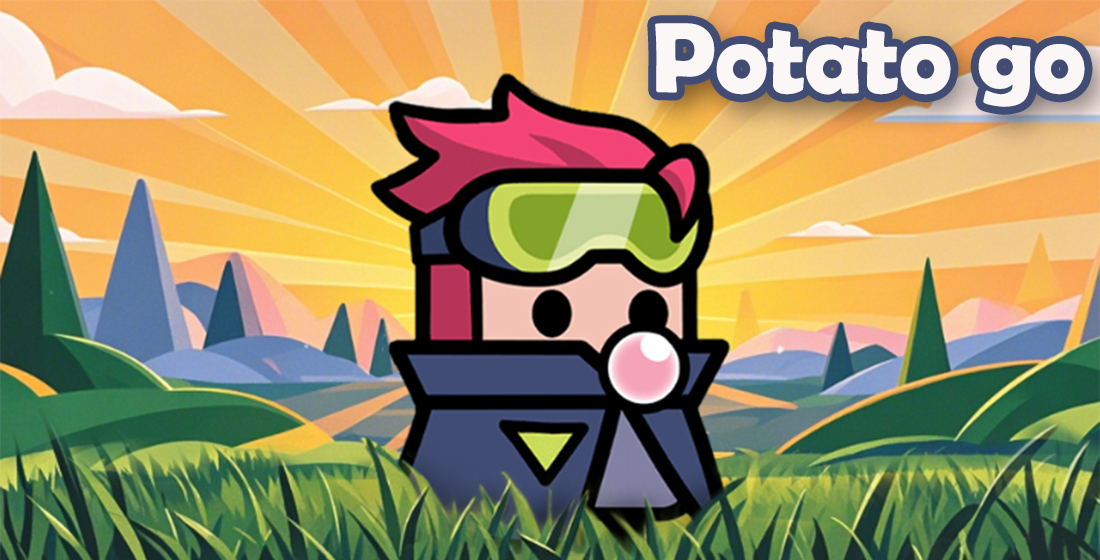The Surprising Rise of Idle Games: How Auto-Play Mechanics Took Over the Gaming Industry
In today's digital era, where attention spans shrink by the day and gaming becomes increasingly complex, a seemingly simple concept has exploded in popularity: **idle games**. At their core, these titles require minimal input from players, automating progression while allowing participants to engage sporadically or just watch things unfold. Yet this simplistic appeal has translated into millions of downloads, hours of engagement, and unexpected influence over the entire gaming sector.
 game UI">
game UI">
What Even Is an Idle Game?
If you’ve heard terms like 'clicker game', 'cow clickers', or something called 'the incremental genre', those all fall under the idle games category. These are typically low-effort digital amusements that rely on automation, repetitive gains, and resource accumulation to maintain player interest — often for long periods, with very light manual interaction.

Prompt-based interactions (like clicking every few seconds)
Automatic earning systems that grow exponentially over time
Tiny dopamine spikes from incremental progression markers ("+1 Gold per second")
A lack of real penalties outside rare soft resets
| Classic Traits of Idle Gaming | Description |
|---|---|
| Persistent Growth Mechanics | Evolving numbers across multiple axes without hard caps (unless designed so later stages) |
| Micromanagement Layers | New upgrades that affect overall income rates beyond baseline |
| Minimal Engagement | Gains continue regardless of how much direct input the player provides |
From Humble Origins – An Unlikely Phenomenon
We’re talking about titles that originated as weekend projects and joke apps, not multimillion-budget studio blockbusters. Some examples include:
- Dog CEO of The Month Club (2014)
- Candy Box (2013, later remade)
- Hospital Empire Tycoon: Idle Clicker RPG!, one of dozens published each year on the Google Play Store now
Beneath the Simplicity – Why Players Love It
They feel satisfying even when we barely pay attention. A subtle loop of upgrading production efficiency builds curiosity and mild investment. Each tiny increase in multiplier percentage makes our primitive lizard brain go *yes!* – especially at scale where gains escalate from hundreds into billions.
Sometimes referred to informally as "|passivity-based loops|" within hobbyist dev chat groups, idle mechanics can actually become deeply engaging if well-designed. Not bad performance, considering the initial reputation of idle design came down to pure procrastination tools or boredom breakers with no meaningful purpose except watching digits climb skyward forever.
The Rise Isn't Confined – It's Going Mainstream
Retro Resurfaces & Modern Re-Invention
-
Trending Titles With Idle Twists Include...



